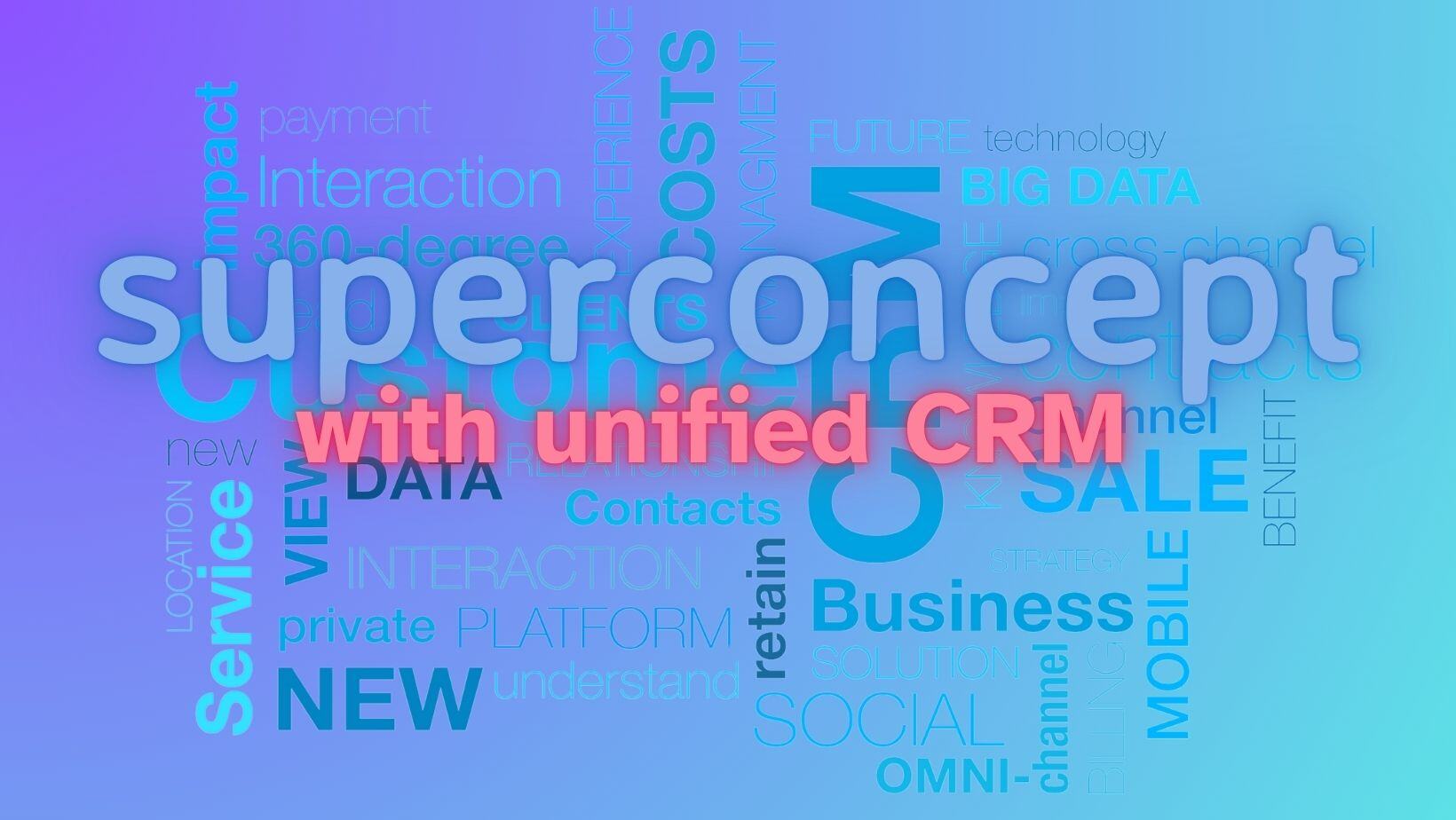HIPAA, the Health Insurance Portability and Accountability Act, is the gold standard for safeguarding sensitive patient data in the US. Across the pond in Europe, the General Data Protection Regulation (GDPR) and guidelines from the European Medicines Agency (EMA) offer similar protections. Any company handling protected health information (PHI) must have all the necessary security measures in place and be on top of their game. With Software as a Service (SaaS) taking over industries, including healthcare, knowing how to securely store PHI under both HIPAA and EU regulations in SaaS applications is absolutely vital. Let's dive into the ins and outs of storing PHI in SaaS systems under HIPAA and EU regulations.
Understanding HIPAA, GDPR, and EMA Regulations
HIPAA Overview
HIPAA, enacted in 1996, primarily aims to improve the portability and accountability of health insurance coverage and to reduce healthcare fraud and abuse. The act includes provisions to protect the confidentiality and security of healthcare information. Two main rules under HIPAA that govern the handling of PHI are:
-
Privacy Rule: Establishes national standards for the protection of certain health information.
-
Security Rule: Specifies safeguards that covered entities and their business associates must implement to protect electronic PHI (ePHI).
GDPR Overview
The General Data Protection Regulation (GDPR) is a comprehensive data protection law that applies to all organizations processing personal data of individuals within the European Union. Key aspects include:
-
Data Protection Principles: Lawfulness, fairness, transparency, purpose limitation, data minimization, accuracy, storage limitation, integrity, and confidentiality.
-
Data Subject Rights: Individuals have the right to access, correct, delete, and restrict the processing of their data.
-
Data Breach Notification: Organizations must report data breaches to the relevant supervisory authority within 72 hours.
EMA Guidelines
The European Medicines Agency (EMA) provides specific guidelines for handling health data in clinical trials and other research activities. These guidelines emphasize:
-
Data Quality and Integrity: Ensuring data accuracy and reliability.
-
Informed Consent: Obtaining explicit consent from individuals for data processing.
-
Confidentiality and Security: Implementing measures to protect data from unauthorized access and breaches.
What Constitutes PHI?
PHI includes any information about health status, provision of healthcare, or payment for healthcare that can be linked to an individual. This includes, but is not limited to:
-
Names
-
Addresses (more specific than state)
-
Dates (except year) related to an individual
-
Telephone numbers
-
Email addresses
-
Social Security numbers
-
Medical record numbers
SaaS and Healthcare
Growth of SaaS in Healthcare
The adoption of SaaS in healthcare has been driven by the need for more flexible, scalable, and cost-effective IT solutions. SaaS offers numerous benefits, including:
-
Scalability: Easily scale resources based on demand.
-
Cost-Effectiveness: Reduced need for in-house hardware and IT maintenance.
-
Accessibility: Access data and applications from anywhere with an internet connection.
However, storing PHI in SaaS applications also introduces significant regulatory and security challenges, especially when complying with both HIPAA and EU regulations.
Regulatory Challenges
Compliance with HIPAA and EU regulations is mandatory for any organization handling PHI. For SaaS providers, this means adhering to stringent requirements that govern the storage, access, and transmission of PHI. Ensuring compliance involves a comprehensive understanding of HIPAA, GDPR, and EMA guidelines and the implementation of appropriate safeguards.
Compliance Requirements for SaaS Providers
Administrative Safeguards
Administrative safeguards are policies and procedures designed to manage the selection, development, implementation, and maintenance of security measures to protect ePHI. Key administrative safeguards include:
-
Risk Analysis and Management: Conducting regular risk assessments to identify potential vulnerabilities and implementing measures to mitigate identified risks.
-
Training and Awareness: Ensuring all employees are trained on HIPAA and GDPR requirements and security policies.
-
Contingency Planning: Developing and implementing plans for responding to emergencies or other occurrences that could affect the security of ePHI.
Physical Safeguards
Physical safeguards involve measures to protect electronic information systems and related buildings and equipment from natural and environmental hazards, and unauthorized intrusion. These include:
-
Facility Access Controls: Implementing policies to limit physical access to electronic information systems and the facilities in which they are housed.
-
Workstation and Device Security: Ensuring that workstations and electronic media are protected from unauthorized access and use.
Technical Safeguards
Technical safeguards are the technology and policies that protect ePHI and control access to it. Important technical safeguards include:
-
Access Control: Implementing technical policies and procedures to ensure only authorized individuals have access to ePHI.
-
Audit Controls: Using hardware, software, and procedures to record and examine access and other activity in information systems that contain ePHI.
-
Integrity Controls: Implementing policies and procedures to ensure that ePHI is not improperly altered or destroyed.
-
Transmission Security: Protecting ePHI during electronic transmission to ensure it cannot be accessed by unauthorized individuals.
Business Associate Agreements (BAAs) and Data Processing Agreements (DPAs)
A Business Associate Agreement (BAA) is a contract between a HIPAA-covered entity and a business associate that ensures the business associate will appropriately safeguard PHI. In the EU, Data Processing Agreements (DPAs) are similar contracts that outline the responsibilities and expectations of data processors under GDPR. SaaS providers that store or process PHI must enter into BAAs with their healthcare clients and DPAs with their European clients, committing to compliance with HIPAA and GDPR.
Challenges in Storing PHI in SaaS Applications
Data Security and Privacy
Ensuring data security and privacy when storing PHI in SaaS applications is a critical challenge. SaaS providers must prioritize implementing robust security measures to safeguard against data breaches, unauthorized access, and cyberattacks. This includes utilizing advanced encryption techniques for data at rest and in transit, implementing multi-factor authentication, and consistently updating security protocols.
Compliance and Audits
Ensuring compliance with HIPAA, GDPR, and EMA guidelines is a continuous endeavor that necessitates routine audits and assessments. SaaS providers should proactively prepare for audits, which entail thorough evaluations of their security protocols and adherence to compliance standards. Failing to meet audit requirements can lead to significant fines and damage to their reputation.
Data Sovereignty
Data sovereignty pertains to the idea that data is subject to the laws and governance structures of the country where it is collected. For SaaS providers operating globally, comprehending and navigating various data protection laws can be intricate. Ensuring adherence to both HIPAA, GDPR, and EMA regulations necessitates meticulous planning and coordination.
Best Practices for HIPAA and GDPR-Compliant PHI Storage in SaaS Applications
Implementing Strong Encryption
Encrypting ePHI both in transit and at rest is crucial. SaaS providers should use strong encryption algorithms and manage encryption keys securely to prevent unauthorized access to sensitive data.
Regular Security Assessments
Conducting regular security assessments and vulnerability scans can help identify and address potential security weaknesses. These assessments should include penetration testing, risk analysis, and regular review of security policies and procedures.
Employee Training and Awareness
Ongoing training and awareness programs are essential to ensure that employees understand HIPAA and GDPR requirements and their role in protecting ePHI. Training should cover security best practices, phishing prevention, and incident response procedures.
Comprehensive Access Controls
Implementing comprehensive access controls ensures that only authorized personnel can access ePHI. This includes using role-based access controls, multi-factor authentication, and regularly reviewing access logs to detect and respond to suspicious activity.
Incident Response Planning
Having a robust incident response plan in place is critical for quickly addressing and mitigating the impact of security breaches. The plan should include procedures for identifying and containing breaches, notifying affected parties, and conducting post-incident analysis to prevent future occurrences.
Conclusion
Managing PHI in SaaS application systems under the regulations of HIPAA and the EU poses distinct challenges. However, with meticulous planning and the implementation of robust security measures, achieving compliance is within reach. By grasping the requirements of HIPAA, GDPR, and EMA, addressing potential vulnerabilities, and adhering to best practices, SaaS providers can effectively handle PHI, safeguard patient privacy, foster trust with healthcare clients, and uphold the security and integrity of the healthcare sector.




